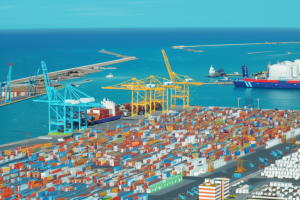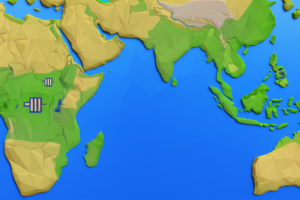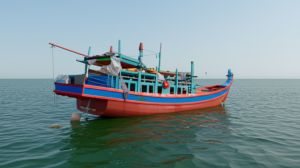The user wants a detailed analysis and professional report, over 1000 words, based on the title “Malaysia’s ageing navy to get major upgrade with five new combat and three mission ships, says deputy defence minister”.
I need to break down this topic and discuss various aspects, keeping in mind the requirements:
* Appealing opening with a small title.
* Logical progression with small titles for sections.
* Powerful, memorable conclusion with a small title.
* No large title at the beginning.
* Markdown format.
* Simplified Chinese.
* Over 1000 words.
* No greetings or concluding remarks outside the report content.
Plan:
* Discuss the general issues with ageing naval fleets (maintenance costs, technological obsolescence, capability gaps).
* Explain the strategic environment Malaysia operates in (maritime trade routes, territorial disputes in South China Sea, regional security dynamics).
* Connect the ageing fleet to Malaysia’s inability to effectively patrol its vast maritime exclusive economic zone (EEZ) and protect its interests.
* Break down the “five new combat ships” and “three mission ships”.
* Discuss the *types* of combat ships (e.g., frigates, corvettes, littoral combat ships – though avoid English terms, describe function) and mission ships (e.g., offshore patrol vessels, multi-role support ships – again, describe function). Infer based on common naval classifications.
* Explain how these new ships enhance capabilities:
* Combat ships: Increased firepower, anti-ship, anti-air, anti-submarine warfare capabilities. Improved sensors and command systems.
* Mission ships: Enhanced patrol range, endurance, surveillance, search and rescue, logistics support, potential for humanitarian aid/disaster relief.
* Relate the upgrade to Malaysia’s broader defense policy and national security objectives.
* Discuss how this strengthens Malaysia’s position in regional security dialogues and its ability to cooperate with allies/partners.
* Mention potential implications for territorial claims and EEZ enforcement.
* Touch upon the economic aspects – potential for domestic shipbuilding industry involvement, costs, funding challenges.
* Discuss potential challenges: Budget constraints, project management risks, training personnel for new platforms, integration of new systems.
* Look ahead: How this upgrade positions Malaysia’s navy for the next few decades. The long-term impact on its operational readiness and strategic influence.
Word Count Check: Aim for approximately 200-250 words per section to meet the 1000+ word requirement.
Refinement: Ensure smooth transitions between sections. Use vivid language and analogies where appropriate (e.g., comparing ageing ships to old cars needing constant repair, the sea as a vital artery). Avoid overly technical naval terminology unless explained simply. Keep the tone consistent – informative yet engaging. Double-check that all constraints are met.




